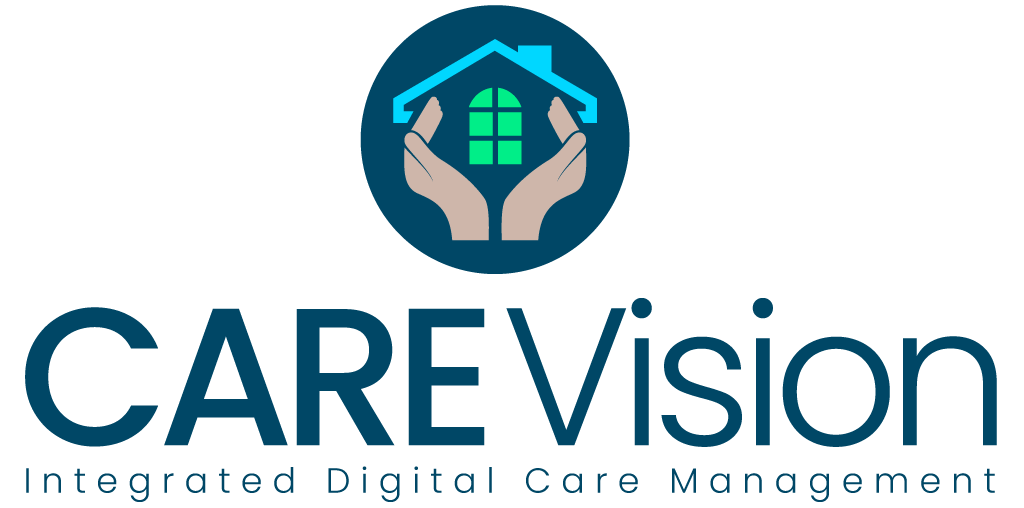When a serious or distressing event happens in a care home, it is vital to understand how and why it happened and what measures can be put in place to prevent it from happening again. A key way to do this is to investigate the event and take steps to identify the underlying causes. After that, compiling as comprehensive a report as possible is vital to ensure that the findings are accessible to employees who need them.
Using digital care management software to report on events is also effective in keeping sensitive details safe from unauthorised access, while easily retrievable in the event of future investigations or audits. Event reporting also helps improve risk management and keeps the whole community safer and better informed. It keeps you accountable as care managers and ensures a timely, professional and dignified response to any concerning event. Event reporting can also be enhanced as part of a wider risk management and health and safety scheme. There are many other ways in which care home residents can be kept safe and protected from harm.
Alerts and alarms
Having a working system of alarms and alerts in place allows residents to call for help when they need it. It also helps care staff to react quickly when there is an emergency or need for rapid assistance. Alarms can be placed in bedrooms and public areas with easy access to an alert button or pull cord. Backing this up, are the various alert systems that are available within care management software. These are designed to either get staff’s attention, such as the nurse call function, or to remind when they need to carry out an important task. Acting in good time can often halt emergencies even before they begin, for example ensuring that medication is delivered on time.
Night rounds
Many medical emergencies happen at night, when there are fewer people round to sport early warning signs, plus people can feel more vulnerable and unwell than during the day. Ensuring that staff carry out frequent night rounds can offer reassurance to residents, as well as alert carers to any emerging problems sooner, rather than later. Of course, the key to managing this is having sufficient staff on duty to have time for night rounds, which is where care management software can help with its in-built rota planning function and staff management tools.
Risk management
Going back to the idea of prevention being better than cure, having proper risk assessment procedures in place can stop a large number of health and safety related emergencies and events from happening. Digital care management software has several planning tools to help with risk assessment planning, as well as auditing and compliance reporting to cover all bases. Try to involve as many staff as possible when working on risk assessment, as many of them will be on the ‘front line’ dealing with potential risks regularly. Keep revisiting your risk assessment plan in order to keep it up to date and as comprehensive as possible.
Training and resources
Staff must be properly supported in helping to prevent unwanted events from happening – and this cannot happen if they are not equipped correctly. This means both physical equipment, such as PPE, cleaning supplies, medical devices etc., but also training and education. Talk to staff regularly to find out where they would like to receive extra training or support – and take their feedback seriously. They are the ones who know what they need to do their jobs safely and keep the residents they support (and themselves) free from medical emergencies, injuries and falls on a daily basis.
Infection control
Event reporting and risk management does not necessarily revolve solely around physical threats and emergencies. Keeping people free from infections and diseases is just as crucial to their ongoing health and the overall conditions and hygiene levels within the care home. A great deal of knowledge was gained during the COVID-19 pandemic, which can be applied to other infections and viral outbreaks too. Extending risk assessments to external visitors too, such as friends and family and professionals is key to avoid exposing additional people to infection risks and making the whole situation even more serious and extended.





